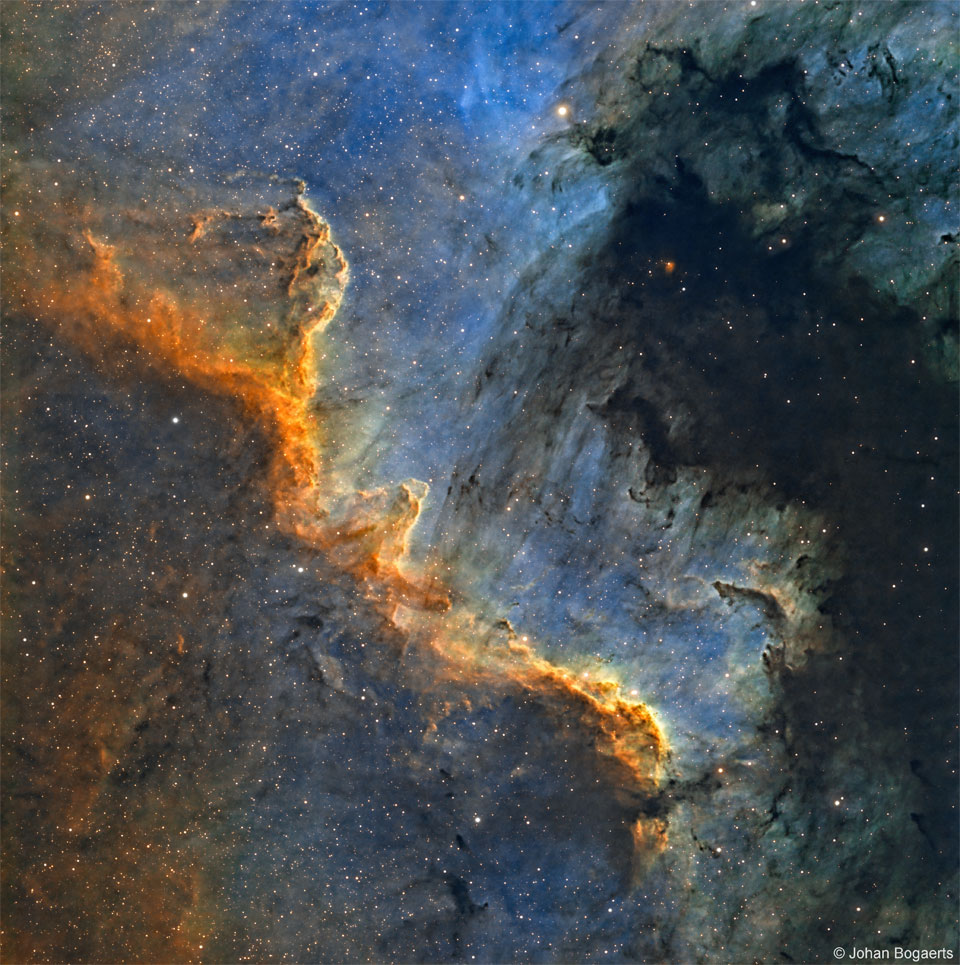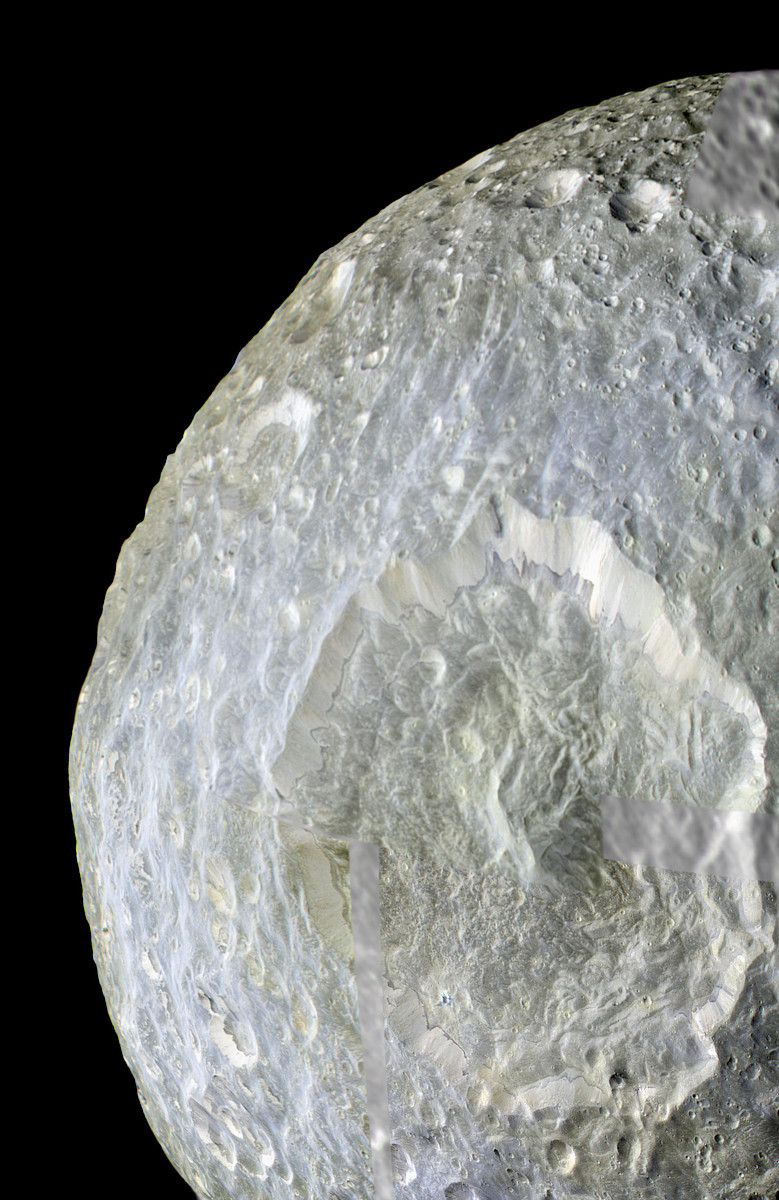NASA will hold a community town hall meeting with Associate Administrator for Science Thomas H. Zurbuchen and his leadership team at 12:30 p.m. EDT Wednesday, Aug. 17.
from NASA https://ift.tt/Eb3waPR
via IFTTT
NASA will hold a community town hall meeting with Associate Administrator for Science Thomas H. Zurbuchen and his leadership team at 12:30 p.m. EDT Wednesday, Aug. 17.
from NASA https://ift.tt/Eb3waPR
via IFTTT





A SpaceX Dragon cargo resupply spacecraft returning science to Earth for NASA is set to depart the International Space Station on Thursday, Aug. 18.
from NASA https://ift.tt/TLOuC0M
via IFTTT
NASA transferred ownership and operational control on Thursday of the Landsat 9 satellite to the U.S. Geological Survey (USGS) in a ceremony in Sioux Falls, South Dakota.
from NASA https://ift.tt/zlckIPZ
via IFTTT
NASA and Boeing will host a media teleconference at 1 p.m. EDT Thursday, Aug. 25, to provide an update on the agency’s Boeing Crew Flight Test (CFT) to the International Space Station – the first flight with astronauts on the company’s CST-100 Starliner spacecraft.
from NASA https://ift.tt/mYe9SGn
via IFTTT
